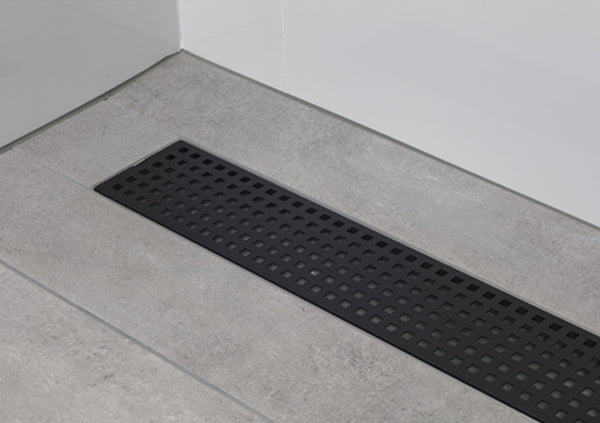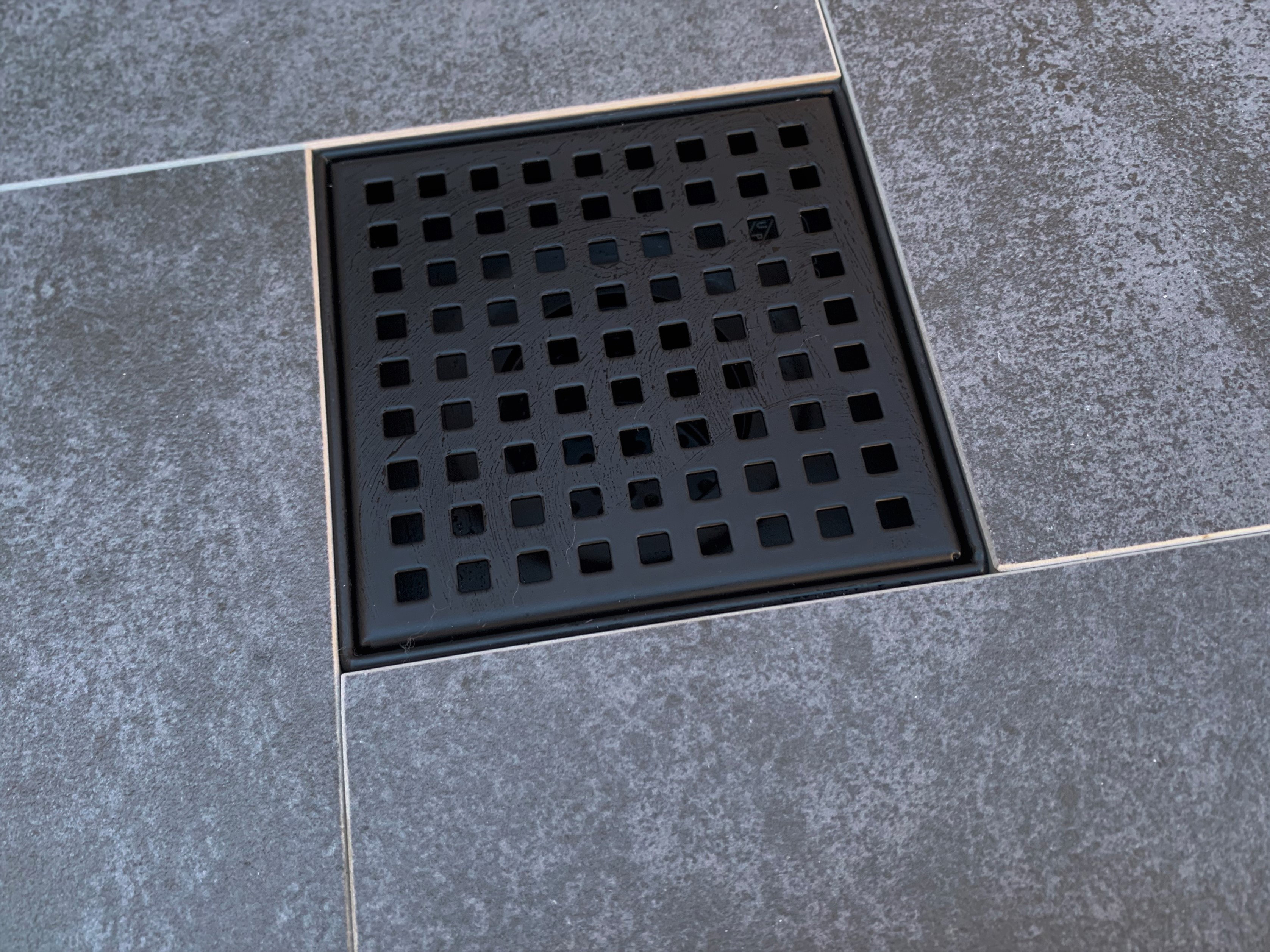Right here down the page you'll find lots of great content around How to Install a Shower Drain in a Basement.

Upgrading a washroom is one of the a lot more preferred home enhancement tasks. Handling the plumbing for draining your shower can be extremely straightforward unless you overdo it.
Managing Your Own Shower Drainpipe Installation Job
Whether you are a bath tub or shower person, many people try to find shower just options when acquiring a house. This basic reality implies greater than a couple of house owners spend a weekend break upgrading or mounting showers in their restrooms. The good news is for you, it is a fairly basic process.
A collection agency or frying pan describes the straight surface area located at the bottom of the shower. The enthusiast normally includes a non-slip surface a little banked towards the center or anywhere the drain is located. Integrated with three to four inch walls around the side, the goal of your shower drainage plumbing is to get the water to flow to as well as down the tubes.
You can literally construct an enthusiast for your brand-new shower, yet you actually require to think of it. Do you actually intend to get into the complications of getting the sloping appropriate, in addition to making sure every facet of it is waterproof? And I mean every aspect! It is a lot easier to merely acquire a pre-cast enthusiast online or at your neighborhood Lowes, Residence Depot or equipment store. Building one might sound like a great idea, yet you will possibly really feel in different ways after a couple of hours.
Regardless of how you deal with obtaining a frying pan, you need to strive to use one that has the drain situated in the same place as the original pan. Moving the drainpipe pipes can be a task, specifically if the building contractor utilized an one-of-a-kind framework structure. If you are determined to relocate the drain, you are mosting likely to need to reduce the pipe or extend it, which may mean destroying large portions of the floor. Rephrase, you are going to be considering a several weekend break job.
Assuming we have our drainpipe lined up, the real attach is rather simple. The drainage pipe ought to be dealing with upright up to the enthusiast. It will commonly look like a "U", which indicates it acts as a cleanout to maintain nasty smells from returning up from the drainpipe. To connect the drain, you are mosting likely to create a water limited link in between a drain cap on the top of the frying pan and also the drain pipeline. Systems differ, but you are commonly going to do this by placing a coupling item on the top of the water drainage pipe. This is after that covered with gaskets and actually screwed right into the drain cap. The drainpipe cap ought to act as a locknut, to wit, it screws straight onto the combining.
The difficult part of this procedure is getting your drain cap to suit a watertight placement in the frying pan. This is completed by backing off the drainpipe cap when you are sure whatever fits together. At that point, you put plumbing technicians putty around the bottom of the cap and then screw it back on. The putty ought to develop a limited seal between the cap and the shower pan, which maintains water from flowing under it and into the framing under the shower.
Undoubtedly, shower room showers come in a wide range of designs nowadays. If you acquire an enthusiast, they almost always come with plumbing directions or the store can keep in mind anything uncommon you need to recognize. It appears intricate, but is typically rather easy. Have fun!
Tips for Installing a Shower Drain Assembly
Renovating a bathroom can be exciting as well as fulfilling if you’re tackling the job DIY-style. After you cross off the bigger decisions such as tile style, paint colors, and fixtures, you’ll need to finalize smaller details – such as the shower drain. In this article, we’re sharing some tips for selecting and installing the right drain assembly for your updated shower.
What is a shower drain assembly?
Shower bases or pans typically only come with a pre-drilled drain hole. Since the pan slopes toward the drain, you should consider the placement – left, center, or right – when designing your shower. You’ll need to purchase and install a shower drain assembly that connects the shower pan to the drain pipe underneath the shower. There are a few types of assemblies, which will be covered below.
Size of a shower drain
When it comes to installing drains, size matters. The recommended pipe size for a shower drain is 2 inches, whereas most tubs use 1.5-inch pipes. Why the difference?
Shower pans are shallower than tubs, so there’s a higher risk for overflow. So, the larger pipe allows for quicker draining. If you are replacing an old tub with a newer stand-up shower, you will need to make additional plumbing adjustments to accommodate the 2-inch pipe.
Types of shower drain assemblies
There are three common types of shower drain assemblies: compression shower drain, solvent-glue shower drain, and tile shower drain. The layout, design, and materials of your shower can determine which type of shower drain assembly will work best.
Compression shower drain
This type of assembly attaches to the drain pipe with compression washers and nuts. The drain fitting is typically installed into the base, and then the base is installed into the bathroom floor. This makes compression-style drains easier to install than other options, particularly if you don’t have easy access from the floor under the shower base. Drains are available in a wide range of materials such as PVC (polyvinyl chloride), ABS (Acrylonitrile Butadiene Styrene), and brass, and can be used for acrylic, fiberglass, and steel shower bases.
Solvent-glued shower drain
Made of either polyvinyl or ABS, this type of shower drain is sealed to the drain pipe with solvent glue and silicone. Since you’ll be working underneath the drain pan, we only recommend using this type of drain if you have access under the shower, such as from a basement or crawlspace. It’s also important that you match the type of plastic of the drain with the drainpipe. If you take these precautions, you can install a solvent-glued drain assembly with acrylic, fiberglass, and steel shower bases.
Tile shower drain –
Drain assemblies for custom tile showers feature a waterproof membrane liner placed between two flanges. The tile is installed on top of the liner, collecting any water that seeps through the porous grout. A metal strainer is installed in line with the tile over the drain.
https://www.epshawaii.com/blog/tips-for-installing-a-shower-drain-assembly/

As a keen person who reads about How to Install a Shower Drain, I imagined sharing that piece of content was a good idea. Are you aware of anybody else who is fascinated by Easy Shower Drain Installation Tips? Please feel free to share it. Thank-you for your time spent reading it.
Comments on “DIY-Do-It-Yourself-Self-Installed Shower Drain-Bathroom Drain-Drainage System Installation-Setup-Project: A Guide-Step-By-Step Manual-Comprehensive Handbook”